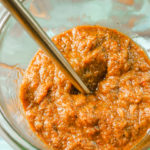
Fresh, fragrant and flavor packed homemade vegetarian Thai red curry paste is ready in under 20 mins. This can be used in a variety of recipes for Thai curries, noodles and fried rice.
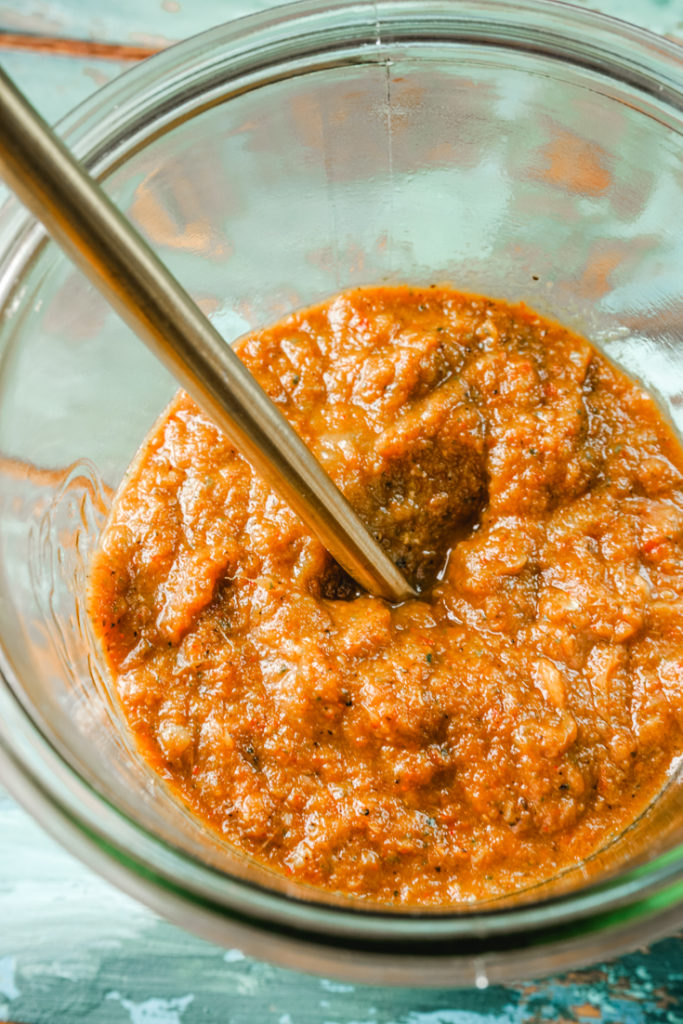
Who doesn't love Thai curries, right? We love it here. Thai food is our go-to for take out dinners.
If you really look at making something from the Thai cuisine it is actually fairly easy, especially if you want to make fried rice or curries. The most important thing in the curries is the curry paste that is used. Curry paste is like the essence of all the flavors in a good Thai curry concentrated into paste form.
Now there are many brands of a Thai red curry paste that are available. The common and very popular ones being the Thai kitchen brand and the May Ploy brand. It’s absolutely fine to have the store-bought paste in hand in case of emergencies or when you want a really quick meal out of it.
Whenever I can, I try to make red curry paste from scratch, at home. As with most things food, making your own curry paste from scratch just beats the store-bought ones.
Here are some of our favorite recipes that are not curries, that I made with Thai red curry paste
Homemade Thai curry paste does need a few ingredients that you may not necessarily have in your pantry at all times; these are readily available at your Asian grocery store. I know that it’s hard to make something when you have to go out of your way to buy the ingredients so I have tried to get some substitutions for most of the ingredients. I also have some options for some ingredients that you can buy and store in your pantry if you are going to make this curry paste more than once.
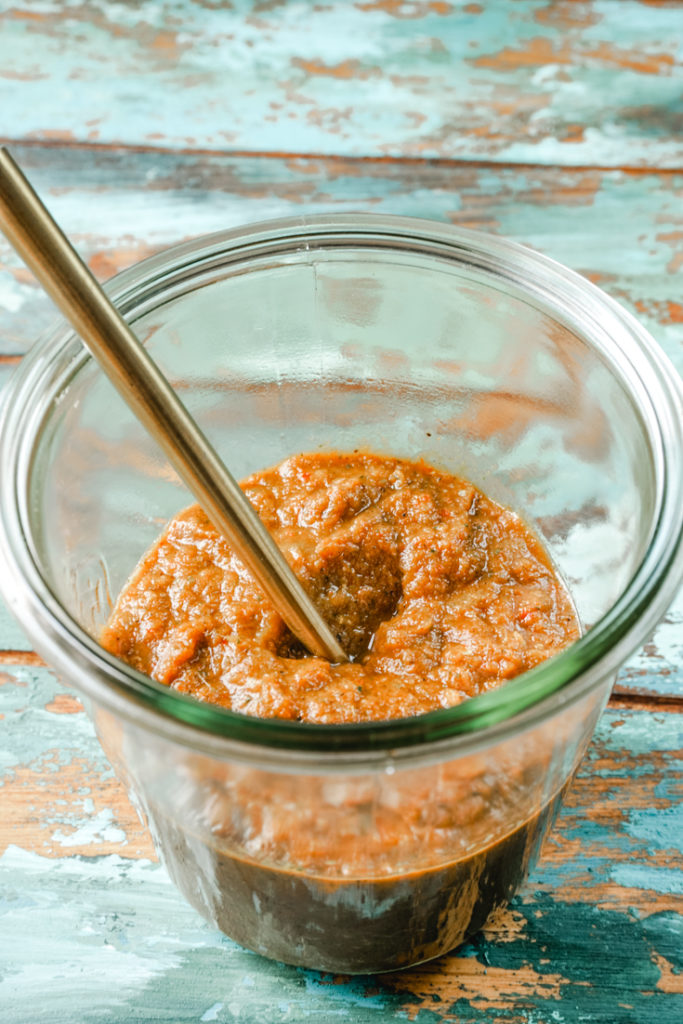
This homemade Thai red curry paste recipe is
- Flavor packed
- Takes only 5 minutes to make, not including soaking time for the chile
- Makes the best Thai curries
- Vegetarian
- Made from scratch so you know what ingredients go in it
What is Thai red curry paste made of?
The ingredients in Thai red curry paste are
- Shallots - these are baby red onions and give the creamy base texture and body to the curry paste, alongside the flavor.
- Lemongrass - an important flavor agent in this recipe. If you cannot find fresh lemongrass, you can always use the tube of lemongrass paste in the fresh vegetables section of your neighborhood grocery store. I have found this in Safeway (Albertsons) and QFC (Kroger).
- Thai red chile - the dried version is used in the curry paste and it has more flavor packed in when added to the rest of the ingredients than the fresh one. Soak this in warm water for 15 mins or so, to get the texture and taste right when grinding it into a paste.
- Garlic and Ginger - the other aromatics in this recipe. Galangal is what is used in traditional red curry paste recipes, but I find ginger to be a good substitute for it, especially when the chances of me having ginger in my refrigerator is more.
- Spices - Black peppercorns and coriander seeds
- Cilantro - use fresh cilantro stems. This helps to reduce wasting that completely edible part of the plant, especially if you are finicky about not using any of the stems for garnishing.
- Kaffir lime leaves - fresh ones are easily available at any Asian grocery stores. If you cannot get a hold of them, you can buy dried kaffir lime leaves, like this brand from Amazon and store in the pantry to use when you need. It has a pretty long shelf life. If you don't have fresh or dried ones, use lime zest to get the zingy flavor.
- Shrimp paste - this is an important ingredient in Thai curry pastes. I use a vegetarian fish sauce or Worcestershire sauce as a vegetarian substitute.
- Salt and sugar for seasoning and to round off the flavors.
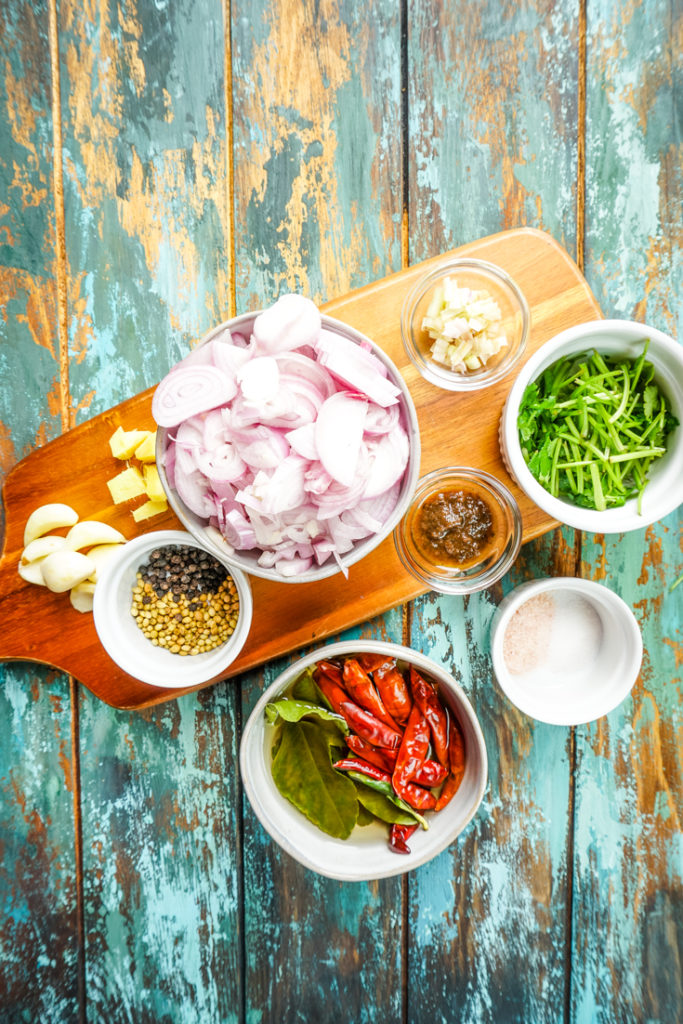
How to make Thai red curry paste vegetarian?
I am a vegetarian, so it is hard for me to buy and use some of these curry pastes as one of the ingredients in it is shrimp paste. I am still looking for a good brand that is vegetarian AND tastes like the real deal.
Shrimp paste is an integral part of Thai curry pastes - red, green, yellow and panang curry paste. Most of the store bought brands have this as an ingredient. So if you want to make red curry paste at home and want to keep it vegetarian, here are some alternatives that work really well.
Vegetarian fish sauce or vegetarian worcestershire sauce is my go-to. It is a little hard to come across these though. Especially worcestershire sauce, which usually has anchovies. This one brand that I found on Amazon is what I buy and keep in my pantry for all recipes that need worcestershire sauce or an umami element without having to use anything with fish in it.
Is Thai red curry paste the same as Indian curry paste?
Indian and Thai cuisines are very different, even though there is an overlap of some ingredients and spices.
Indian curry paste or bhuna masala, which is the base for most Indian curries is usually made as you go along making the curry. You sauté the onion, garlic, ginger and then tomatoes along with the spices and cook it down to an almost paste like consistency. And then add the main ingredients of the curry into it. But you can also make this base curry paste and save it in the refrigerator or freezer to make making curries on a weeknight a lot easier.
Thai curry pastes are not necessarily cooked down. They are various spices and other ingredients, most of them different from what is in an Indian curry paste, all ground together to make a paste that is then added to the curries.
Is Thai red curry paste spicy?
Yes, it has some heat in it from the red chiles but the amount of spiciness / heat can be tempered down based on your preference. The store bought curry paste tends to be less spicy than homemade ones.
Storing suggestions
Thai red curry paste can be
- Used immediately in a curry
- Stored in the refrigerator for up to 10-14 days.
- Stored in the freezer for up to two months. It won't necessarily go bad after that, but may lose its freshness and flavor.
Tips for homemade Thai Red Curry Paste
- Use the freshest of ingredients possible.
- If you want to control the spice and heat level in your curry paste, start with a small amount of dried Thai chiles and then if you want more heat, add some cayenne powder to the curry paste and mix well.
- You can use a large mortar and pestle to grind the ingredients to a paste. It is definitely time consuming and involves quite a bit of a work out but it does taste a lot better as the chiles release their natural oils slowly when you do this and it blends very well with the rest of the ingredients. If not, use a smoothie jar of your blender to get a very smooth paste. Unfortunately, the food processor has not given me the right texture that I love in a good curry paste.
📖 Recipe
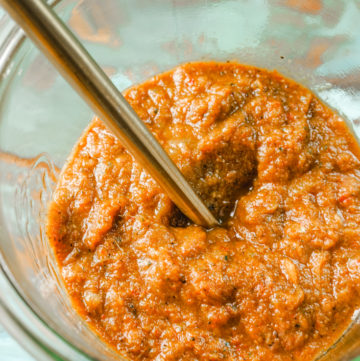
Homemade Thai Red Curry Paste
Ingredients
- 4-5 shallots sliced, about a cup and a half when sliced
- 1 small lemongrass stalk about 1 tablespoon when cleaned and chopped
- 8-10 dried Thai red chile
- 4 cloves garlic
- 2 inch piece ginger / galangal
- ¼ teaspoon black peppercorns
- 2 teaspoon coriander seeds
- 4 kaffir lime leaves dried or fresh
- ¼ cup fresh cilantro stems chopped
- ½ teaspoon sugar
- 1 tablespoon vegetarian fish sauce or vegetarian Worcestershire sauce
- 1 teaspoon salt
Don't forget to check out Step-by-step instructions with photos in the body of the post above
Instructions
- Soak dried red chiles and dried kaffir lime leaves in warm water for about 15-20 mins. If you are using fresh lime leaves, you don't have to soak it with the chiles.
- Toast the coriander seeds and peppercorns over low heat till fragrant and add the shallot to it at the very end and saute for just a minute or so.
- Slice off the lower end of the lemongrass stalk and remove the outer few layers of it. Chop it finely. It should be about 1 tablespoon when chopped.
- Drain out the chiles and lime leaves from the water.
- Add all the ingredients to a mortar and pestle or a blender jar and grind to a fine paste.
- Adjust the heat level by adding more or less of the cayenne powder. The color of the red curry paste will not be bright red as you find in the bottled ones, and that is ok, the flavor will be just fine and even better than the jarred ones. If you are particular about the color and want more without adding more chiles, add a little ketchup instead.
Notes
- Use the freshest of ingredients possible.
- If you want to control the spice and heat level in your curry paste, start with a small amount of dried Thai chiles and then if you want more heat, add some cayenne powder to the curry paste and mix well.
- You can use a large mortar and pestle to grind the ingredients to a paste. It is definitely time consuming and involves quite a bit of a work out but it does taste a lot better as the chiles release their natural oils slowly when you do this and it blends very well with the rest of the ingredients. If not, use a smoothie jar of your blender to get a very smooth paste. Unfortunately, the food processor has not given me the right texture that I love in a good curry paste.
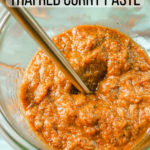
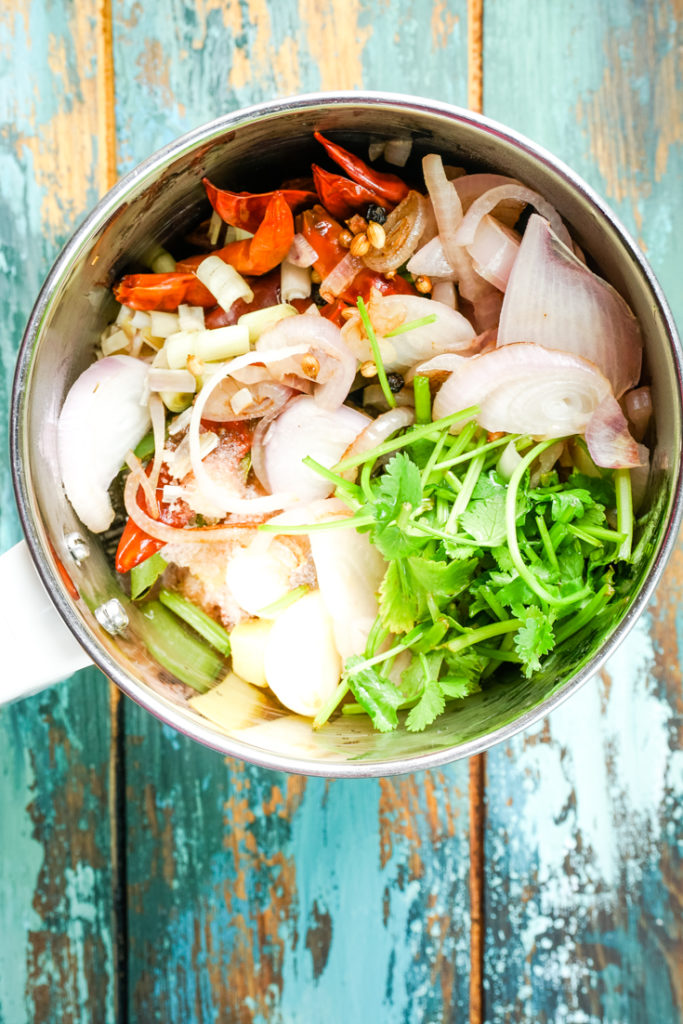
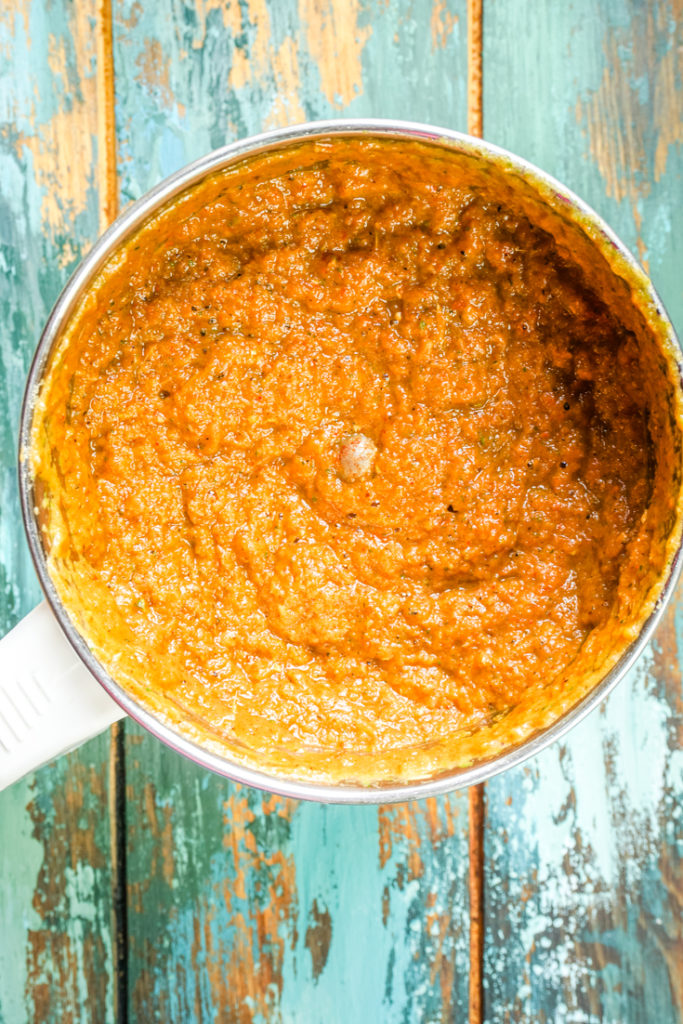
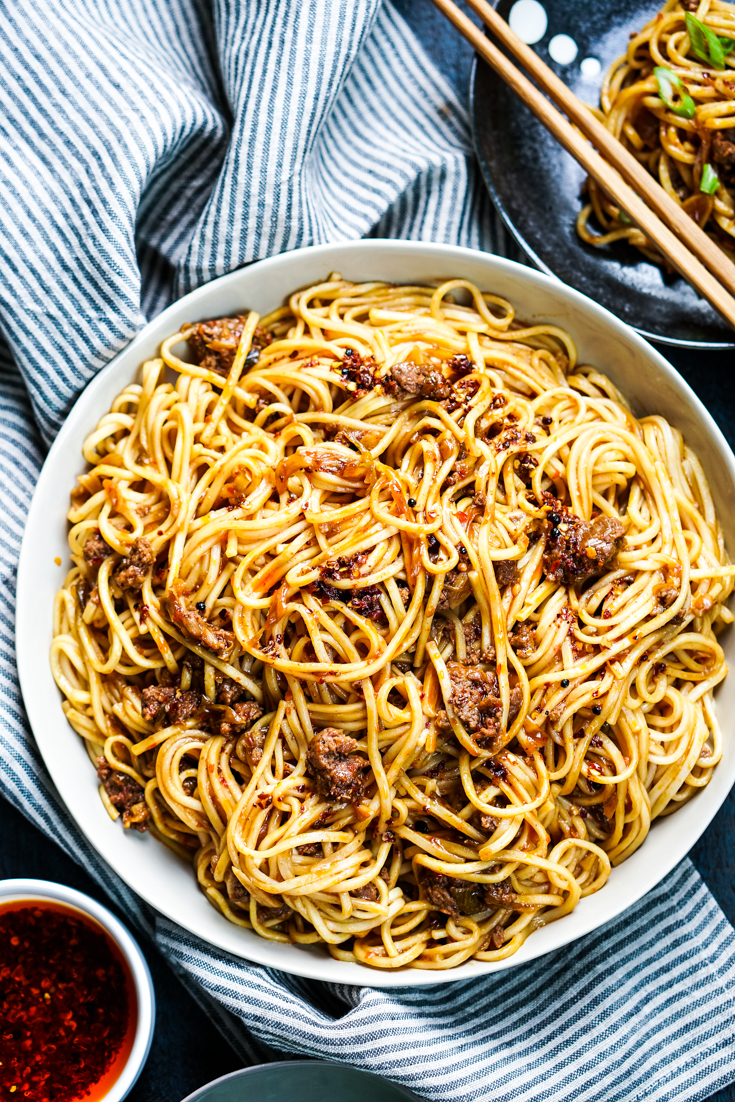
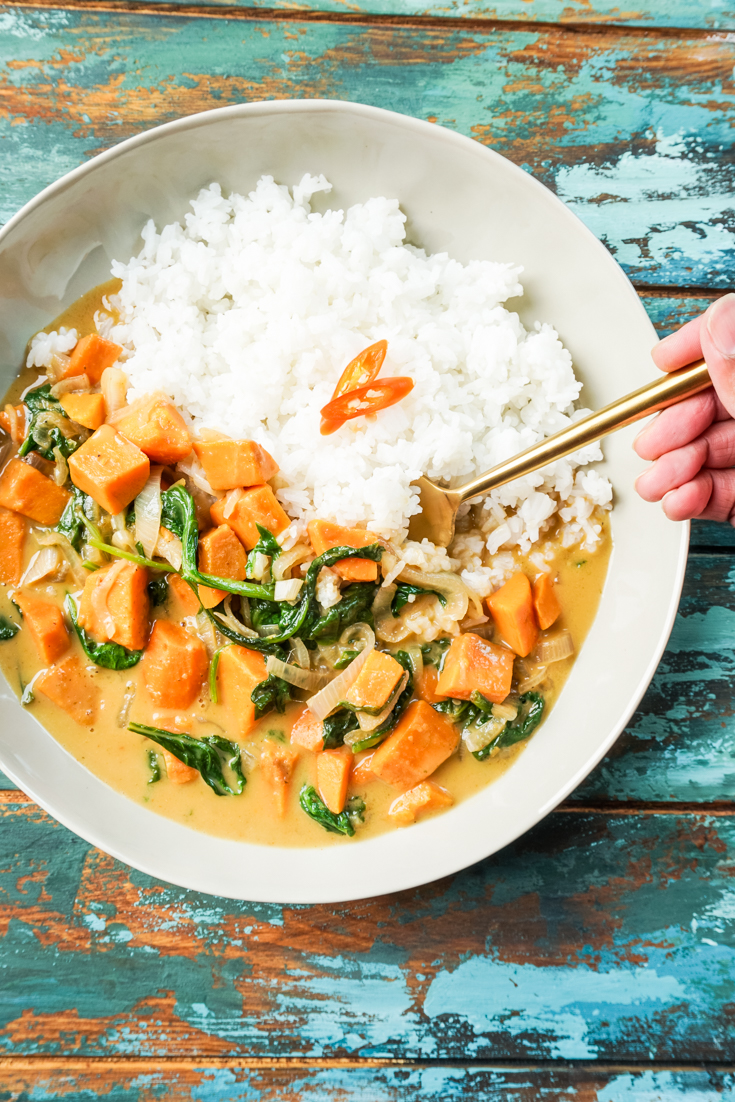
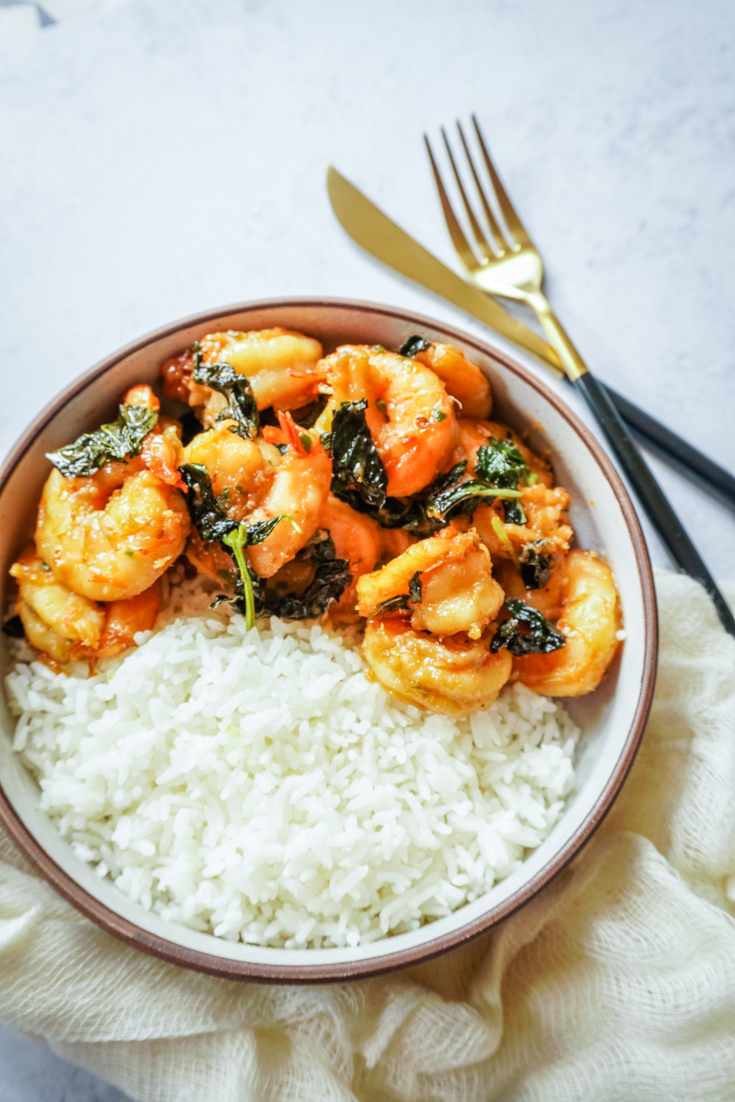
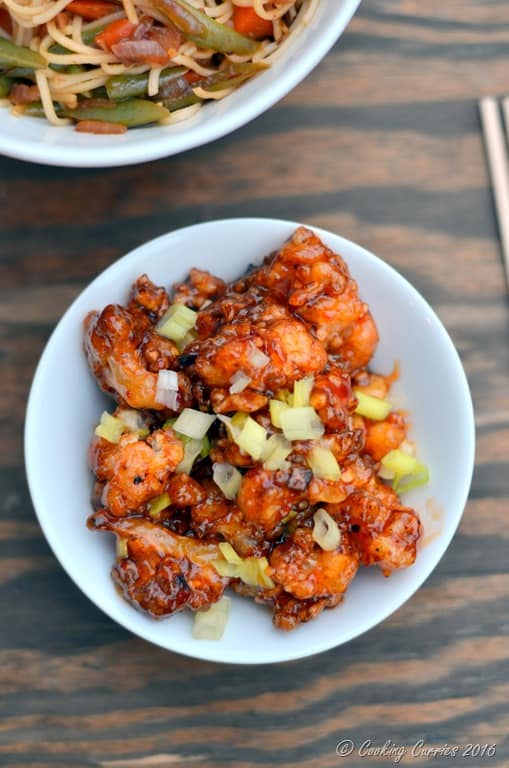

desi_ca489 says
Very nice recipe. We have to try. So easy, flavorful and delicious.